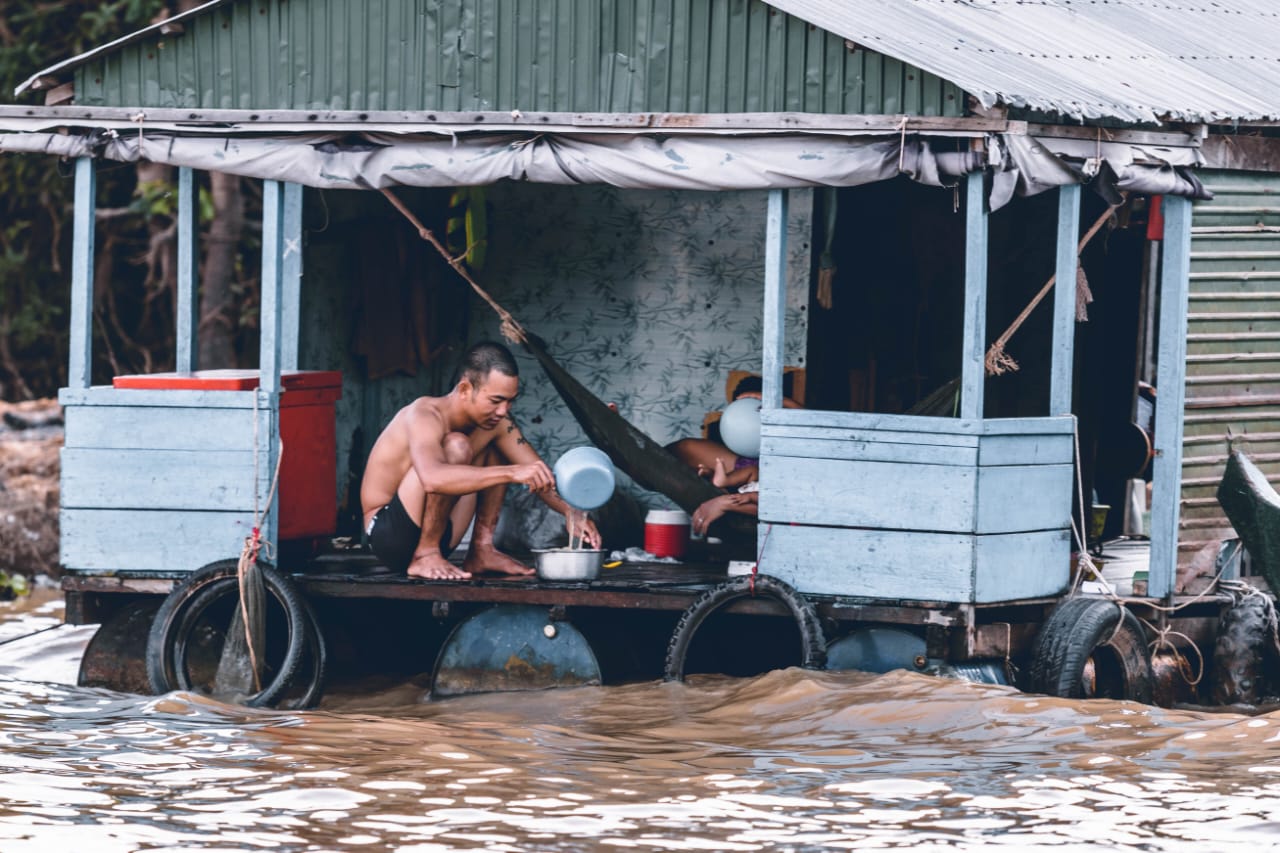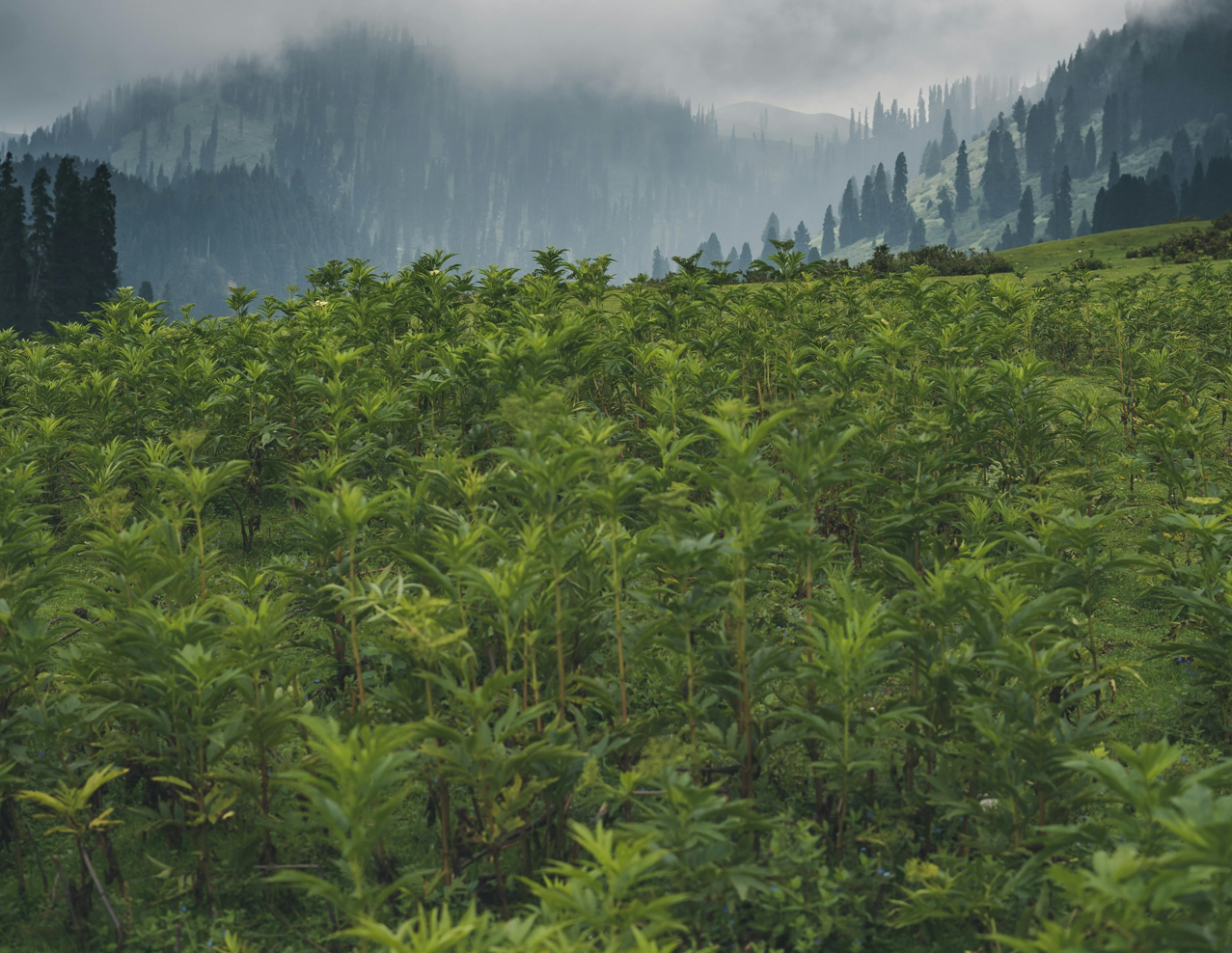The Consequences of Climate Change

Climate change's consequences are becoming increasingly evident and alarming. From severe droughts and water scarcity to extreme fires and rising sea levels, the impacts of climate change are affecting ecosystems, communities, and economies worldwide. Floods, melting polar ice, catastrophic storms, and declining biodiversity further highlight the urgency of taking action to combat climate change. It is essential to address these consequences and work towards sustainable solutions to protect our planet and ensure a resilient future for generations to come.
Severe drought:
According to the United Nations, by 2050, over 5 billion people could suffer from water scarcity due to climate change.
This scarcity affects agriculture, with the Food and Agriculture Organization estimating that droughts lead to a global loss of $6-8 billion in agricultural production annually. Additionally, inadequate access to clean water increases the risk of waterborne diseases, impacting human health. It's crucial to Act On Climate to ensure access to clean water and a sustainable future for all.
Water scarcity:
Rising temperatures and melting ice contribute to water scarcity. According to the World Wildlife Fund, over 2.7 billion people already face water scarcity for at least one month per year. With climate change, these numbers are expected to rise. Approximately 80% of wastewater globally is released without being treated, impacting the quality and availability of freshwater resources.
ways to protect our freshwater sources are through sustainable water management and promoting efficient water practices. Together, we can ensure clean water for future generations and a thriving planet.
Climate change fuels extreme fires, leading to devastating consequences for forests and communities. According to the Intergovernmental Panel on Climate Change (IPCC), fire-prone areas may double by the end of the century. In 2020 alone, wildfires burned approximately 10.3 million acres (about twice the area of New Jersey) in the United States. These fires not only destroy ecosystems but also endanger lives, affecting air quality and causing significant economic damage. It's time to take action and support sustainable forest management, reduce greenhouse gas emissions, and prevent such disasters.
Rising sea levels:
Rising sea levels pose a significant threat to coastal areas and islands worldwide. The Intergovernmental Panel on Climate Change (IPCC) estimates that sea levels could rise by over 1 meter by the end of the century if current emission trends continue.
This would result in increased coastal erosion, flooding, and the displacement of millions of people.
Furthermore, it would threaten critical coastal ecosystems and wildlife habitats.
ways to work towards sustainable coastal development, are implementing effective coastal zone management strategies and protecting our communities, ecosystems, and the beauty of our shores.
Declining biodiversity:
Climate change poses a significant threat to global biodiversity, leading to species extinction and ecological imbalances. According to the Intergovernmental Science-Policy Platform on Biodiversity and Ecosystem Services (IPBES), approximately 1 million species are currently facing extinction.
As habitats shift and change due to climate change, many species struggle to adapt, resulting in biodiversity loss. It's crucial to protect and restore habitats, promote sustainable practices, and preserve the incredible diversity of life on our planet.
Catastrophic storms:
Climate change intensifies the frequency and severity of storms, putting lives and communities at risk. According to the United States Environmental Protection Agency, the number of Category 4 and 5 hurricanes has increased in recent decades.
In 2020, the Atlantic hurricane season broke records, with 30 named storms. These storms can lead to devastating consequences, including significant economic losses and displacement.
It's crucial to invest in resilience, disaster preparedness, and efforts to reduce greenhouse gas emissions to combat the increasing threat of catastrophic storms.
Melting polar ice:
The melting polar ice is a clear indicator of the urgent need to address climate change. According to the National Snow and Ice Data Center, Arctic Sea ice extent has decreased by an average of 13.2% per decade since 1981.
This loss not only affects iconic polar species like polar bears and seals but also contributes to rising sea levels globally. Additionally, the melting of Greenland's ice sheet has tripled since the 1980s, further adding to sea-level rise.
Climate change is a global challenge that requires urgent and collective action. The consequences of climate change are already affecting millions of people and the environment in various ways. Severe droughts, water scarcity, extreme fires, rising sea levels, declining biodiversity, and catastrophic storms are some of the impacts of climate change that threaten our well-being and survival. We cannot afford to ignore or delay the solutions to this crisis. We need to adopt sustainable practices, reduce our greenhouse gas emissions, and support the efforts of governments, organizations, and individuals who are working to combat climate change. Together, we can make a difference and secure a better future for ourselves and the generations to come.
Related Articles

The cost of technology: What e-waste is doing to our planet
We use electronic devices every day and consider them an important tool for communication and entertainment: but, where do they go to die?


